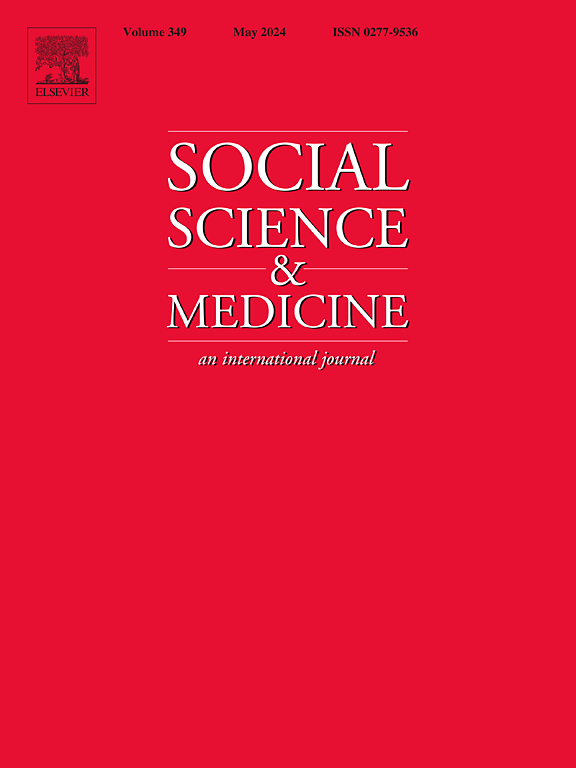The long-term health effects of welfare reform
IF 4.9
2区 医学
Q1 PUBLIC, ENVIRONMENTAL & OCCUPATIONAL HEALTH
引用次数: 0
Abstract
Childhood poverty is associated with poor health in adulthood, but social policies may buffer poverty's long-term harmful effects by providing cash and in-kind resources. This study assessed the long-term health effects of welfare reform, which added work requirements, sanctions for noncompliance, lifetime limits, and family caps to welfare programming in the US in the mid-1990s. Research has found mixed evidence on the short-term health effects of welfare reform, but fewer studies have documented its impacts on health across the life course. This study exploited temporal and state variation in the implementation of welfare reform to examine the association between exposure to welfare reform as a child on self-rated health, psychological distress, and chronic conditions in adulthood using data from the Panel Study of Income Dynamics. We found that welfare reform exposure in early childhood, from conception to age five, was associated with more psychological distress (b = 0.41, 95%CI 0.08, 0.74) and more chronic conditions (b = 0.21, 95%CI 0.10, 0.33) in adulthood. We also found that welfare reform exposure in later childhood, from ages six to 18, was associated with lower likelihood of reporting poor health (b = −0.03, 95%CI -0.05, −0.01), less psychological distress (b = −0.33, 95%CI -0.54, −0.11), and fewer chronic conditions (b = −0.18, 95%CI -0.25, −0.10), which was especially true for non-Hispanic Black and Hispanic individuals compared to non-Hispanic White individuals. Our findings suggest that the difference in outcomes based on age of exposure is related to the ease with which parents fulfill welfare requirements, though more research is needed on possible mechanisms.
求助全文
约1分钟内获得全文
求助全文
来源期刊

Social Science & Medicine
PUBLIC, ENVIRONMENTAL & OCCUPATIONAL HEALTH-
CiteScore
9.10
自引率
5.60%
发文量
762
审稿时长
38 days
期刊介绍:
Social Science & Medicine provides an international and interdisciplinary forum for the dissemination of social science research on health. We publish original research articles (both empirical and theoretical), reviews, position papers and commentaries on health issues, to inform current research, policy and practice in all areas of common interest to social scientists, health practitioners, and policy makers. The journal publishes material relevant to any aspect of health from a wide range of social science disciplines (anthropology, economics, epidemiology, geography, policy, psychology, and sociology), and material relevant to the social sciences from any of the professions concerned with physical and mental health, health care, clinical practice, and health policy and organization. We encourage material which is of general interest to an international readership.
 求助内容:
求助内容: 应助结果提醒方式:
应助结果提醒方式:


